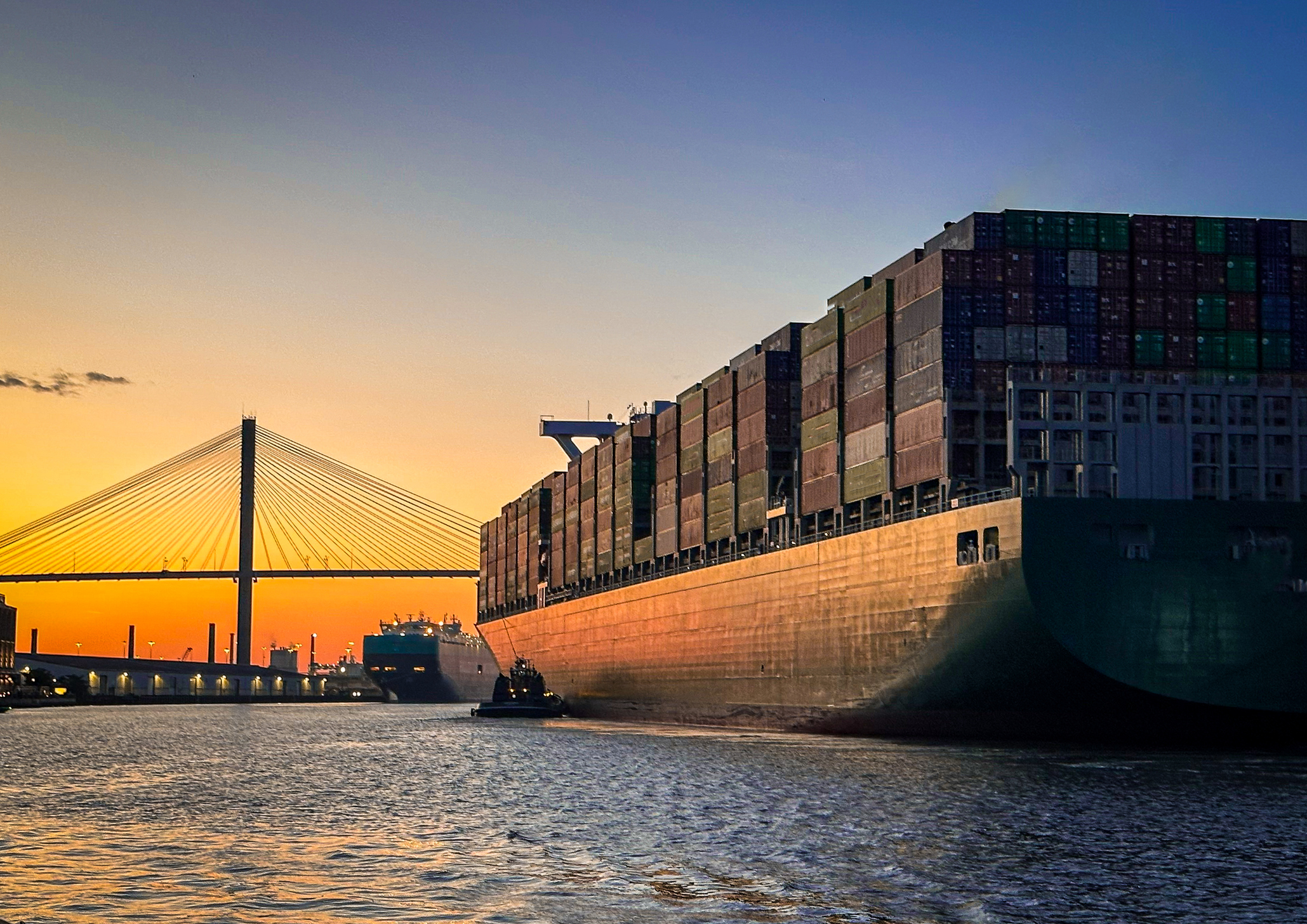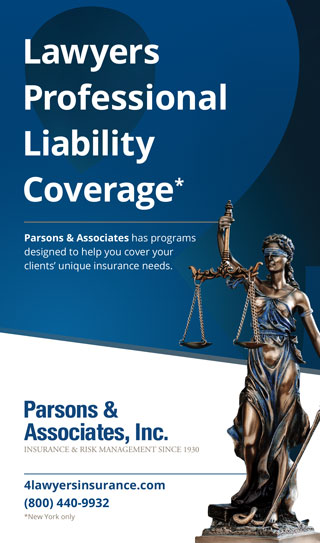Even if your clients and colleagues have only a passing interest in politics and world affairs, you have probably heard them talk about the tariffs proposed by President Donald Trump. While it is generally understood that these tariffs mean an increased price on goods that have been imported into the United States, plenty of questions remain—like, “Why is the President interested in implementing these tariffs?” “What countries and what goods are being targeted?” and “What are the knock-on effects of these policies?” and so on.
Staying current with international trade agreements may seem like a rare detour for an independent insurance agent doing business locally or regionally, but because of our highly connected, neoliberal global economy, policy decisions have tremendous ripple effects that impact all sectors—including insurance.
The effects on the auto industry—and auto insurance
During his first and second term, President Donald Trump has embraced tariffs to promote protectionism. The newest rounds of tariffs will impact the auto industry and auto insurance downstream because in the United States, the importer pays for the additional import costs.
He has announced that he would impose a “a 25% additional tariff on imports from Canada and Mexico and a 10% additional tariff on imports from China” as well as “[restoring] a true 25% tariff on steel and elevate the tariff to 25% on aluminum.” The former tariffs went into effect on March 4, 2025, and with some countries responding with retaliatory tariffs on the same day.
These tariffs are extremely problematic for the automotive and auto insurance industry, for a few reasons. Firstly, per reporting from the Wall Street Journal, “between 55% and 65% of U.S. car parts are sourced from either Mexico, Canada or China.” Secondly, let’s look at the U.S.’s steel imports and production—imported steel penetrates the country’s steel holdings anywhere between 20% to 35%. Finally, in the country’s aluminum imports and production—imports make up over half of the total supply of aluminum.
All these goods are vital for the production of motor vehicles. When the cost to import these goods rises, so do the costs of the vehicle: if a part needs to be replaced, the part becomes more expensive. The additional costs are almost always shouldered by the consumer.
If an automobile and its parts are more expensive, the costs of insurance policies rise to meet them. Just like with the parts or the vehicle itself, the insured usually shoulders the cost through higher premiums.
What should insurance agents do?
Unless you have a line to some all-powerful, multinational steel magnates who can deter the implementation of these tariffs, there’s really nothing in the macro sense that you can do, other than brace for impact.
Be prepared to speak to your insureds about rising costs and explain concisely why they are happening. You also may develop strategies in your own practice that help insureds save costs on their auto insurance.
Regardless of what the future holds, PIA Northeast is here to support you.
Matt McDonough is PIA Northeast's writer, editor and content curator. Matt joined PIA Northeast in September 2023. Before that, he had been an editor for the online entertainment magazine Collider from 2021-23 as a copy editor for its lists section. Matt entered the world of journalism at his alma mater, SUNY New Paltz, writing and reporting for the college's student run newspaper, The New Paltz Oracle. He graduated from SUNY New Paltz with a Bachelor of Arts in English and a minor in Creative Writing in 2020.






